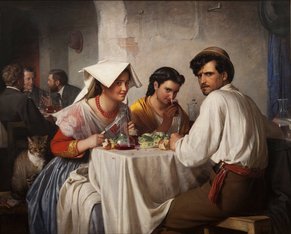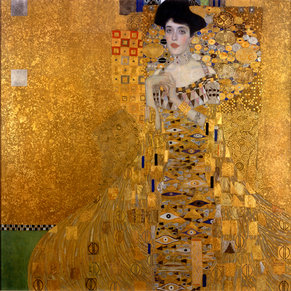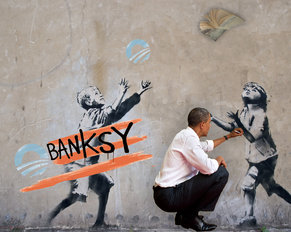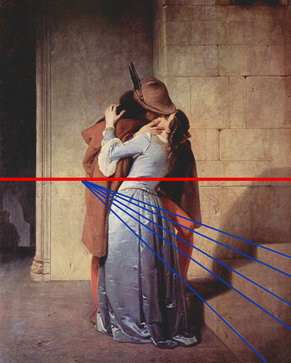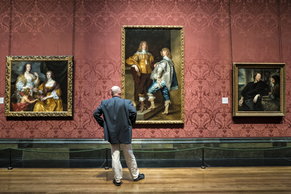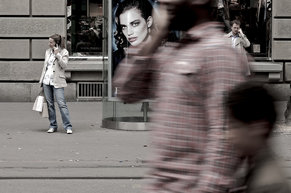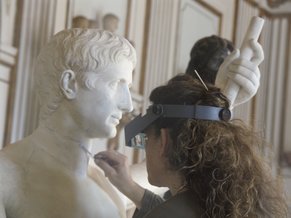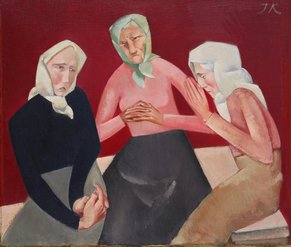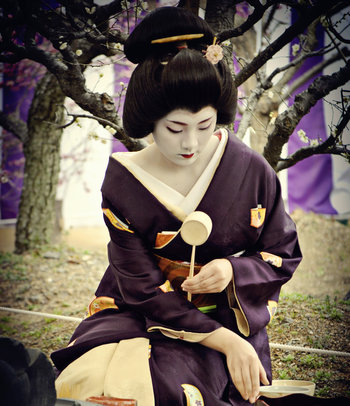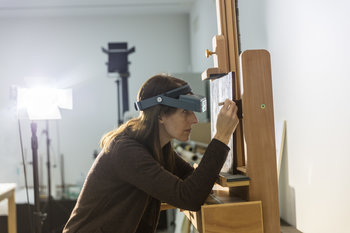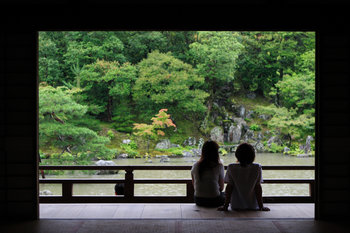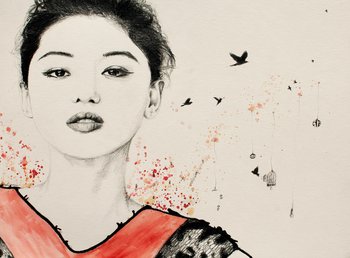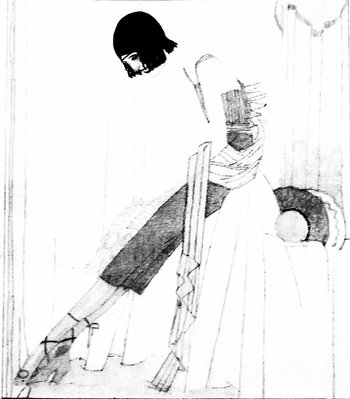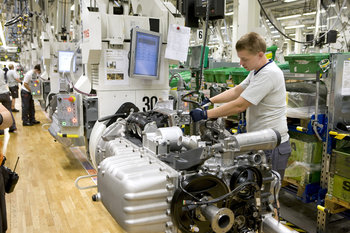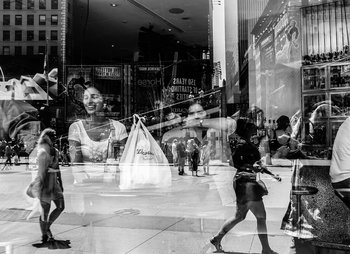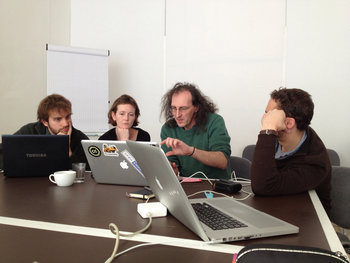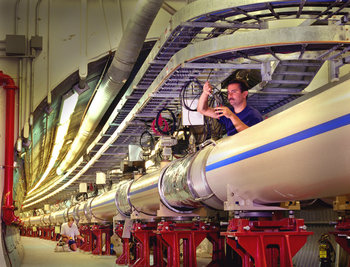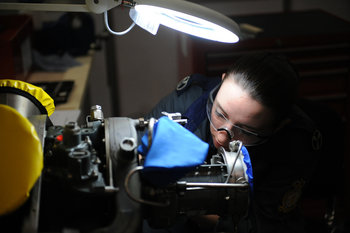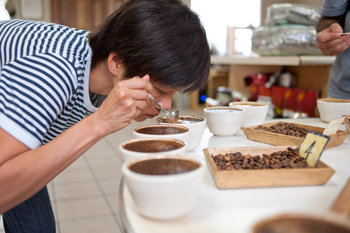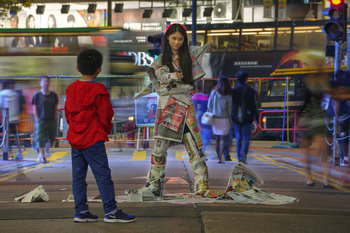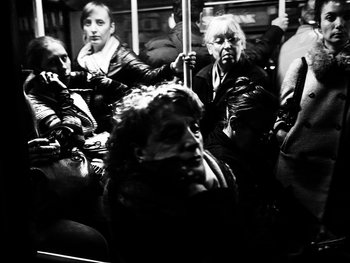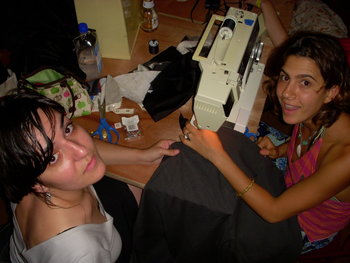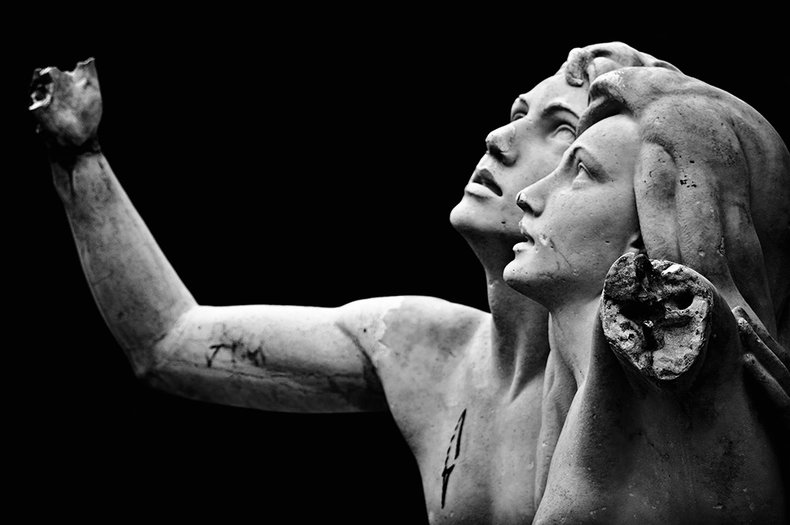
Design Defect
A design that causes problems for customers or end-users. For example, an aircraft that doesn't use sensor competition such that it is prone to problems in flight when a single sensor malfunctions.Defect
A product or service that doesn't conform to specifications. For example, a sensor that has a broken part due to a flaw in a manufacturing process.Visual Balance
People commonly look for visual balance in things such that a lack of balance may be perceived as an imperfection. It is incorrect to think that asymmetry is automatically imperfect as balance can be achieved with asymmetry. In fact, this is harder to achieve and is characteristic of advanced design.Bizarreness
Bizarreness is the breaking of the rules such that something defies expectations. On the surface, this can be viewed as an imperfection. However, bizarreness has advantages such as being memorable. For example, it is very common for films, art and advertising to be intentionally bizarre to stand out.Perfectionism
Things that look too perfect may be perceived negatively such that they may be ironically imperfect. For example, a photo of an office with "beautiful people" smiling may be perceived as a stock image as opposed to a real office.Authenticity
Authenticity can make things more valuable, stylish, relatable and refined. It is common for individuals, organizations, designers and artists to embrace imperfection as a form of authenticity. For example, advertising that doesn't attempt to smooth out a model's natural skin imperfections with photo filters or editing may have a more authentic feel.Age
All things eventually move towards a more disordered state with time in a process known as entropy. This results in imperfections such as the wear and tear on a machine. In some cases, these imperfections are perceived positively such as the patina that develops on a copper roof as it rusts that turns the metal a characteristic bright green. This patina is stronger than the metal itself and is the reason copper is considered extremely durable in outdoor conditions. It is possible to design products to become more valuable over time using materials that are perceived positively when they age. This can be used to counter a disposable mindset whereby consumers increasingly view products as temporary.Inconvenience
Inconvenience can be viewed as an imperfect situation that reduces value such as an airline known for its long check-in lines. However, it is also true that premium items and services are often a little more inconvenient. For example, service in a fine restaurant is generally far slower than in a chain restaurant.Comfort
Mass produced products may attempt to maximize comfort and premium items may attempt to balance comfort with style. For example, a gigantic plush chair that you sink into versus a stylish chair that feels a little more imperfectly comfortable. This may be valued as it has a spartan quality to it.Austerity
Austerity, in the context of aesthetics, is the use of inexpensive materials and methods. For example, a brick wall of reused bricks that have a mismatched color and slightly damaged look. This can potentially be more valuable than the polished look of more expensive new bricks.Truth to Materials
Truth to materials is a design principle that doesn't seek to hide the true nature of the materials used in a product, building or environment. For example, shoes with a foam sole that don't color the foam or hide its true texture.Countersignaling
Countersignaling is a common social process whereby an individual highlights a weakness in order to show off their social strength. For example, a beauty mark such as a mole that could safely be removed but is retained as a brave statement that an individual is confident with their natural appearance.Unfinished
Works that appear to be unfinished can be perceived as imperfect in a valuable way. For example, a premium beverage that comes in an unvarnished and unpainted wooden box such that the package still smells of wood.Craft
Craft is production that requires the attention of human hands. This tends to produce premium products that can often be distinguished with their slightly imperfect qualities. In some cases, machine manufactured items attempt to simulate this look by leaving things unfinished or slightly irregular.Refinement
Refinement is the process of trying to reach an aesthetic ideal. Perhaps the ideal can never be reached but the process of trying improves the skill of the artist, craftsperson, performer, designer or other professional. In many cases, an aesthetic ideal is imperfect on the surface. In other words, it requires immersion in the culture that created the ideal to see its value.Impermanence
Historically, it is common to value durability such that non-durable items are viewed as imperfect. For example, a car that breaks in a month. However, in some cases impermanence is valued as a symbol of the impermanence of life. Impermanent things may also signal luxury because they are expensive to maintain. For example, a luxury resort that has beach umbrellas made with the fiber from coconut husks while the budget resort down the beach has plastic beach umbrellas.Wabi-sabi
Wabi-sabi is a Japanese aesthetic ideal that be described as impermanent, rough, unfinished and austere. This is a good example of an aesthetic ideal based on imperfections.Pessimism
Imperfection can be completely in the eye of the beholder. For example, a person who is in the habit of looking at themselves or others in a negative light such that they see weakness, ugliness and failures where others see uniqueness, character and potential.| Overview: Imperfection | ||
Type | ||
Definition | A fault, blemish or defect. | |
Related Concepts | ||

